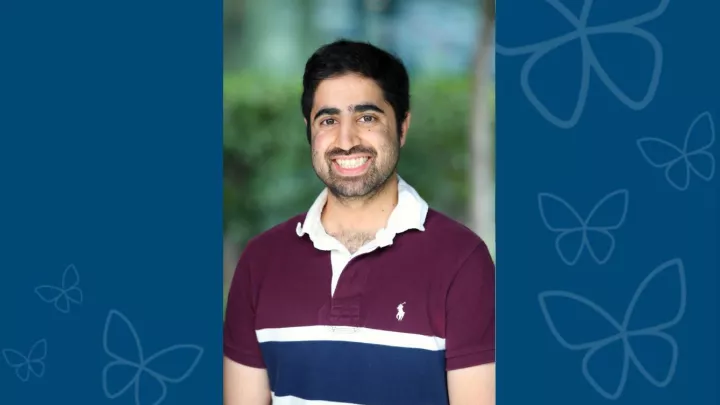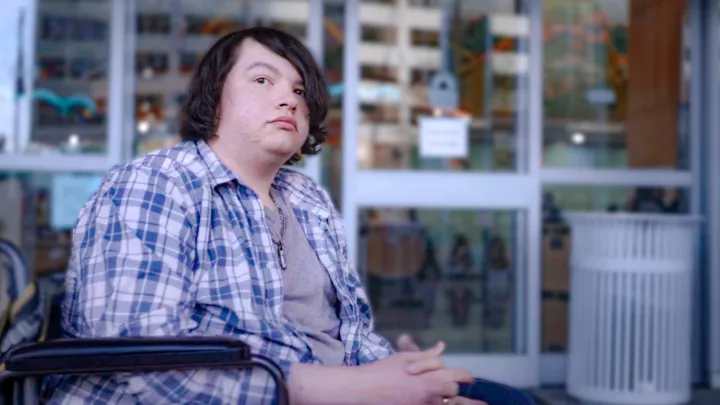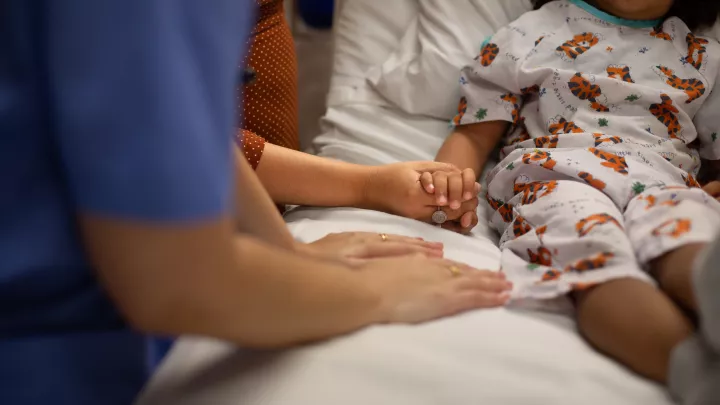MIBG Therapy for Neuroblastoma
MIBG therapy is giving children with neuroblastoma better chances for healing. Neuroblastoma affects nerve cells throughout the body. It typically occurs in young children and spreads quickly. MIBG (metaiodobenzylguanidine) is an innovative radiation therapy option using special substances to treat multiple tumors in one session.
Children’s Hospital Los Angeles is among the few programs in the Western U.S. offering MIBG therapy for neuroblastoma. We provide a safe, family-centered experience and maintain high success rates.
MIBG Therapy for Neuroblastoma: Why Choose Us
MIBG therapy, or 131I MIBG therapy, is a leading-edge neuroblastoma treatment. It combines MIBG, a substance that attaches to neuroblastoma cells, and radioactive iodine, which destroys the cancer cells. Children’s Hospital has years of experience with MIBG therapy due to our active role in research and clinical trials.
Highlights of our program include:
- Neuroblastoma expertise: The Neuroblastoma Program at Children’s Hospital is one of the nation’s largest. This experience translates to an exceptional level of care, including the best available therapies. In addition to MIBG, we helped pioneer many of today’s most promising treatments, such as immunotherapy.
- MIBG leadership: We are optimizing MIBG therapy and outcomes through research. Our experts lead lab and clinical studies, and prestigious consortia, including New Approaches to Neuroblastoma Therapy (NANT). These efforts give your child access to world-class care close to home.Learn more about The Saban Research Institute.
- Family-centered care: MIBG therapy requires staying in the hospital for a few days. We offer a dedicated patient suite that makes it possible to be with your child during the entire stay. This option is not often available at other MIBG treatment centers. We also provide specialized support to you and your child before, during and after treatment.
- Team approach: Your child benefits from the coordinated efforts of multiple MIBG experts. The team includes specialists representing Oncology, Radiation Therapy, Radiation Safety, Nuclear Medicine, Social Work and Child Life. We plan every step of your child’s care and tailor therapy to your family’s needs.
How Does Metaiodobenzylguanidine Therapy Work?
MIBG is a substance that is attracted to neuroblastoma cells. Combining metaiodobenzylguanidine with radioactive iodine delivers radiation to multiple tumors in one treatment. MIBG helps the iodine find and destroy cancer cells while protecting healthy tissue. Learn more by reading our blog post: What Is MIBG Therapy for Neuroblastoma?
This treatment is for children who have:
- Relapsing/refractory neuroblastoma: Children whose neuroblastoma comes back after treatment (relapses) or does not respond to other treatments.
- New high-risk neuroblastoma diagnosis: Children’s Hospital is among a select few programs offering this option. Eligible patients may receive MIBG to lower the risk of a relapse.
MIBG Therapy for Neuroblastoma: What to Expect
We deliver MIBG therapy intravenously through a needle in a vein (IV infusion). Treatment only takes a few hours. Your child stays in the hospital for a few days until the radiation levels are low enough to safely return home.
Here’s what to expect:
Before MIBG therapy
Once your doctor confirms MIBG therapy is right for your child, you have the opportunity to meet with social workers and Child Life specialists to learn more about treatment. We also take time to answer any questions you or your child may have.
Preparation also includes meeting with our radiation safety team to learn how family members can stay protected. This involves limiting direct contact with your child. Throughout your child’s hospital stay, the body releases radiation, exposing anyone nearby. Unnecessary radiation exposure in healthy individuals can damage healthy cells. We explain how much time you can spend at your child’s bedside and how to provide comfort when shielding is necessary.
Before starting MIBG therapy, care may also include:
- Receiving medications to ease anxiety and protect delicate organs, such as the thyroid.
- Receiving stem cells to increase blood count that will support your child’s recovery after treatment.
During MIBG therapy
Treatment starts with an 131I MIBG infusion. The radioactive drug travels in the body for a few days. This increases the likelihood of finding and destroying cancer cells throughout the body.
Your child stays in a room with special shields to limit radiation exposure for our staff and other patients. The shields are placed on the floor, along the bed. Some of the shields have windows that block radiation but allow you and your child to see each other. Members of our radiation safety team periodically check radiation levels to monitor your child’s progress and your exposure level.
Your child will need to stay in bed most of the time. Treatment does not cause discomfort. Most children feel well enough to play games and watch movies. You can be at your child’s bedside periodically, especially to help with feeding, toileting or giving medications.
After MIBG therapy
Before leaving the hospital, we perform an imaging scan to determine where the MIBG is taken up in the body. Scans show precisely where the tumors were and provide helpful information for ongoing monitoring.
Care after MIBG therapy may also include:
- IV infusion of your child’s own stem cells to prevent side effects
- Other neuroblastoma treatments, such as immunotherapy or chemotherapy
- Additional round of MIBG at a later time if your child responds well and is recommended by your care team
World-Class Neuroblastoma Care for Children
We offer comprehensive neuroblastoma care, including testing, treatment and support in one convenient location in Los Angeles. To schedule an appointment with one of our neuroblastoma experts, call 323-261-4100.


